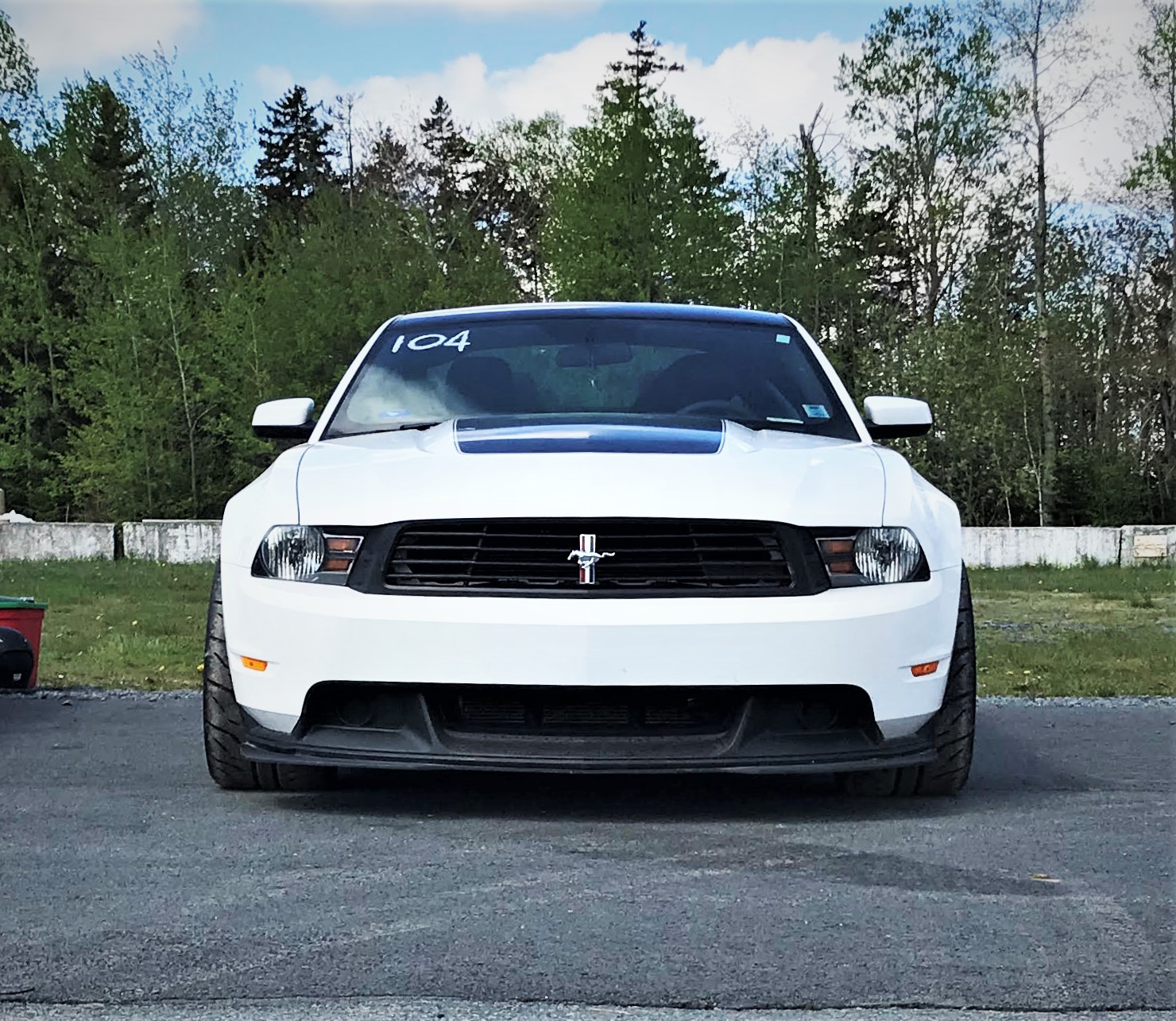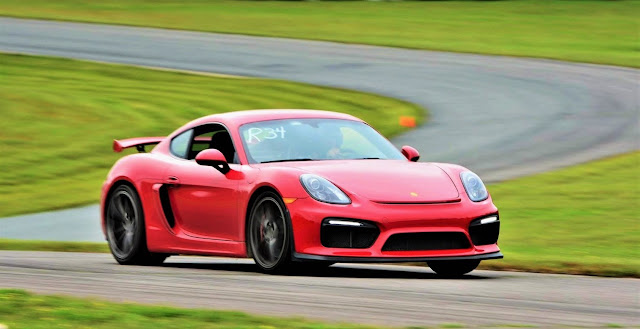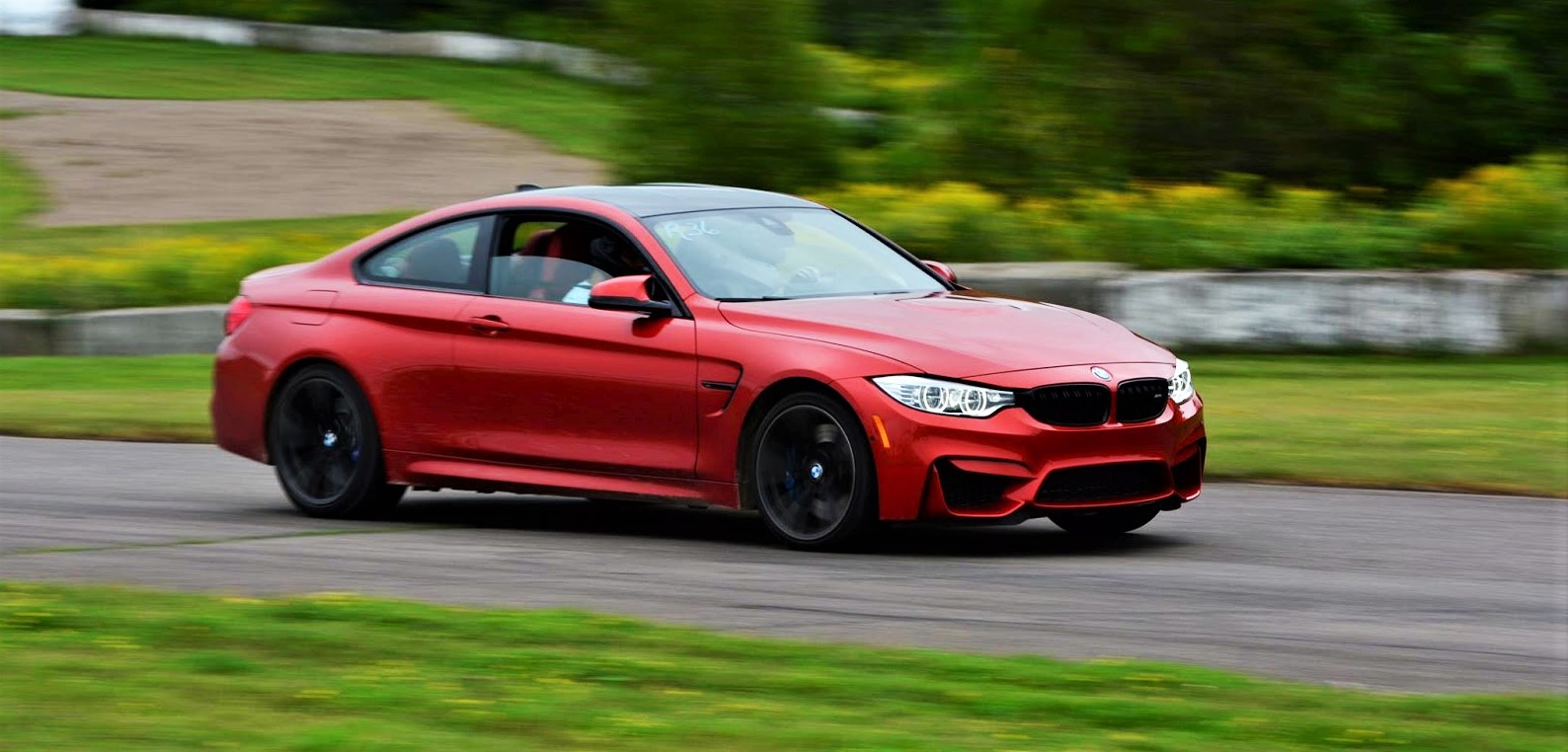Unlike the new 2019 3-series that was officially revealed by BMW, the anticipated 2020 Porsche 992 (911) has not been officially revealed yet. But that doesn't mean a lot about it isn't known already. In a recent prototype drive by Car and Driver, Porsche discussed a lot of the changes. This update is very important in my opinion because the next 911 may have its work cut out for it judging by what we know about the upcoming mid-engine Corvette. The 911 vs Corvette rivalry is nothing new, spanning decades. While there has been very significant and revolutionary changes to the 911 - including switching from air-cooled to water-cooled engines, losing hydraulic power steering, and recently an all turbocharged lineup (short of the GT3) - none have been as revolutionary as the Corvette's planned change to switch from front engine to mid engine layout. So what is the next 911 coming going to be armed with? There are a bunch of changes, although most are just incremental but one stands out as being beyond that to me.
The most fundamental change, in my opinion, is covered up. A new engine mounting system brings engine mounts forward relative to previous 911's. The engine of 911's used to mount to a cross beam (red arrows above) at the back/end of the engine. The cross beam mounted to two engine mounts (yellow arrows) that are bolted to the rear of the car and, in turn, support the beam. A BR Racing 997.2 Cup Car is shown but the basic design for all previous 911's is the same. The front of the engine is supported to the rear subframe (blue arrows, missing the centre section).
There is no mention of what - if anything - is changing about the front engine support (i.e. the rear subframe) so, presumably, that will stay the same. But the big change is to the rear support. The new 911 will move the rear mounts forward to the engine's cylinder heads (green "rectangles"). The new design also has more closely spaced mounts instead of the far outboard locations as shown, making the mounting system overall structurally stiffer and lighter. I think that - in addition to the new mounting design being stiffer and lighter - it is also meant to virtually shift the weight balance of the car closer to that of a mid engine layout without having to move the engine itself (or perhaps move it slightly but maintain rear placement behind the axle). By moving forward where the engine mounts to the chassis, the weight of the engine is effectively moved forward in the chassis as well and is closer to the main rear structure of the car, no coincidence I suspect.
There are a bunch of other changes to improve handling as well. All 992's will switch to the beautiful wide haunches of the Carrera 4 and GTS. That means 2" wider rear fenders housing a 1.5" wider rear track going from 59.8" to 61.3" for all Carrera models. The fronts will also see track widened by 1.6", although this will apply across the board since all 991.2 Carrera models (i.e. base, 4, and GTS) currently have the same front track width of 60.7" (you can read about how this helps handling here). The wider rear fenders will be stamped in aluminum now to match most of the body. That will save 22-33 lb. I suspect the 22 lb. saving is on the base Carrera models that now have narrower track and fenders, with the larger fenders negating some of the savings of going to aluminum. The 33 lb. saving is likely on the Carrera 4 and GTS models that already had wider fenders.
Length will grow by approximately one inch thanks to a longer front overhang, likely for pedestrian crash testing. Wheelbase is unchanged, though, and so is most of the suspension and basic chassis design. The wheel widths will carry over from the current ones, meaning 8.5" front and 11.5" rear wheels. Diameters, though, will change. On the base Carrera, diameter will drop in the front to 19" but the rears will stay put at 20". The S models do the opposite, where the fronts stay at 20" but the rears grow to 21". There are a couple of significant firsts here. This is the first time a non-GT RS series 911 (i.e. GT3 RS, GT2 RS) have used a wheel diameter larger than 20" or staggered front and rear wheel diameters.
If you think larger diameter wheels are counter productive to performance, you are not alone. But the larger rear tires help increase the contact patch, according to August Achleitner, Porsche's VP of sports cars. This feeds a lot of fuel to the fire I posted a couple of years about the same topic of wheel diameter vs performance, more on that here. "In a rear-heavy car like the 911, anything you do to increase rear grip helps the handling significantly," said August.
The sizes of brake rotors and calipers are carried over from the 991.2, but Porsche will introduce its relatively new brake coating tech called Porsche Surface Coated Brakes or PSCB for short as an option. It includes coating the brake swept area with a very hard tungsten-carbide layer. The same tech was recently offered on the Cayenne, where Porsche claims that PSCB reduces brake dust by a whopping 90% and increases rotor life by up to 30% while also improving braking performance. Hard to argue with that. The calipers will be unchanged, but will be painted white to differentiate them (so that you can brag to all your friends about the better brakes if you buy one).
And of course, you can't introduce a new generation of any sports car without more power. Although there are no revolutionary changes such as the switch to an all turbocharged Carrera lineup from the 991 to the 991.2, there are a bunch of evolutionary changes. There is a larger central intercooler, for instance, instead of two small ones in the rear fenders. It is now 12% larger and receives cooling air directly from below the wing, all in the name of reducing intake temps. If you're wondering what those vents are still doing that are low in the bumper at either end behind the wheels, that's where the cooling air exits after passing through the intercooler to cool the intake charge. The Exhaust flow is also improved via cast manifolds instead of the stamped steel units used on the 991.2, which are said to flow better and weigh no more.
Porsche also switched to piezoelectric fuel injectors instead of the current mechanical ones. In short, piezoelectric materials are materials that can generate electricity if you apply force/pressure to them. The opposite is also true, where those materials can apply force/pressure (by expanding) if you apply electricity to them. Piezoelectric injectors are injectors that use materials with piezoelectric properties to control opening and closing injector nozzle. The benefit in performance is much quicker actuation time than traditional mechanical or electromechanical injectors and more precise control. They also provide a wider range of controlling fuel delivery instead of just injector cycle since the amount of force (and therefore expansion) depends on how much electricity you can apply so you could control how much you open the nozzle in addition to how long.
In addition to the individual benefits of each change, all these changes allowed an increase in compression ratio from 10.0:1 to 10.5:1, improving both power and efficiency. The result for the base Carrera is an increase of 15 hp from 370 hp to 385, despite a drop in peak boost pressure from 13.1 psi in the 991.2 (Porsche doesn't say how much). The Carrera S gets a larger turbine wheel on top of all the changes. It previously used the same turbo as the base Carrera with 49 mm and 45 mm compressor and turbine wheels but will now get the larger 55 mm and 48 mm compressor and turbine wheels used in the GTS. The result is another 30 hp from 420 to 450 hp for the Carrera S, matching matching today's GTS although at "only" 16.0 psi (same as the current Carrera S) instead of the 18.1 psi the current GTS has to squeeze out of its turbos. The output of the GTS isn't specified, but I'm sure it will gain another 30-50 hp to keep its place in the hierarchy of the 911 lineup.
Thankfully, and bucking the trend of most cars dropping manuals, you'll still be able to order your Carrera with the same seven-speed manual. Of course, a PDK option will also be available, although that will go from a 7-speed to an 8-speed unit. The change was apparently not to improve mileage or performance. Instead, the 8-speed unit (known as PDK 2) uses a four-shaft design rather than the current two-shaft design of the PDK (known as PDK 1 found in 991 and 997 (going back to 2004). It is shorter and allows for enough room for an electric motor that will eventually find its way in some 992 hybrid variant. The gear ratio spread is unchanged, with the extra gear being a new ratio between the current 6th and 7th gear ratios.
All the mechanical changes sound great, although there are a couple of annoyances. First is a new driving mode for driving in wet conditions which will be standard across the board. It is detected by a sensor in the front wheel well and can determine if the road is wet and the depth of water. If wet is detected, it switches to a more sensitive stability control setting. This is automatic. There is an actual "Wet" driving mode that a driver can select, which will make stability control even more intrusive. It sounds good at first, but my biggest fear is if the "1st stage" of wet driving mode cannot be defeated and you have to either turn stability control off altogether or accept it.
The other annoyance is at the back of the car. The exhaust tips are fake... sort of. It's nearly as bad as recent VW products (Golf, Jetta, Tiguan, and Touareg) where there are chrome rectangular bezels molded in the bumper that look like exhaust tips but they are blocked and the actual exhaust outlet from the muffler is downturned behind the bumper. In the 992, the exhaust tips are openings attached to the bumper and the actual exhaust outlets from the muffler are behind them. Certainly a smaller crime, but - being a 911 - it's the equivalent of a crime committed by an officer of the law, something a sports car court would not take lightly.
Nevertheless, there are a lot of exciting changes. Nothing to suggest the car is getting more numb, lazy, heavier, or larger. The lineup has already gone turbo and manual isn't dead. All that is there is better handling, more grip, some weight saving, and more power. What's there to complain about? I'm really curious to find out how (or if) the change in engine mounting system affects driving and the constant awareness in a 911 that the engine is sitting all the way in the back. The car will go on sale summer 2019, so we don't have to wait that much longer to find out.
Source: Car & Driver
Follow Ram's Eye The Track Guy on Facebook and Instagram!

















Comments
Post a Comment